Camilla Cook: Tree Inventory Update #6
On August 7 and 9, I completed Blocks 1, 11, and 12 – finishing the Business and Institutional Core Cluster! On the small portion of Block 1 (Hamilton Avenue), I identified Catalpa speciosa (Northern Catalpa). On Block 11, there were Cornus florida (Flowering Dogwood), Taxodium distichum (Baldcypress), Tilia cordata (Littlelead Linden), and Liquidambar styraciflua (Sweetgum), as well as two new additions to the list of identified trees: Acer campestre (Hedge Maple) and Acer ginnala (Amur Maple). By now, I can visually identify a tree as an “Acer,” or Maple, if the leaves are 3-5 lobed with serrations and have samaras, which are winged, dry fruits. On Block 12, there were Quercus alba (White Oak), Platanus occidentalis (Sycamore), Plantanus x acerfolia (London Planetree), Gleditsia triacanthus inermis (Thornless Honey Locust), Pyrus calleryana (Callery Pears), and a new one: Acer rubrum (Red Maple). There are some trees that I potentially identified as Pecan/Black Walnut/Birch and Gymnocladus dioicus (Kentucky Coffee tree), but I must double-check my identification.
Overall, the trees surveyed on Blocks 1, 11, and 12 were all in good condition with minimal trunk scarring, leaf discoloration, or crown dieback. However, the corner and eastside of Block 12 (N. Homewood Avenue), all the Acer rubra’s were in terrible condition. The majority of them had trunk scarring, crown dieback, and/or varying leaf discoloration — ranging from green with orange/brown edges to complete brown and shrinking. Since N. Homewood Avenue is a major street in South Homewood, it is possible that automobile and diesel pollution as well as other urban stresses caused the trees to be in poor condition. It is evident that urban stresses caused there current condition because their trunk soundness were all “1” – meaning the lower 5 meters of the main stem is 95-100% solid. Since their trunks were in sound condition, disease or physical disturbances did not cause their leaf discoloration and crown dieback. As I continue my tree inventory and research, I will look into the correlation and relationship between urban stresses and tree condition. For now, there are significant similarities between this stretch of N. Homewood Avenue and Finance Street.
Below are photos of trees mentioned in this post as well as various neighborhood organizations and businesses.
- Amur maple (1)
- Callery pear (1)
- Dana’s Bakery
- CCAC
- Hedge Maple
- Honey Locust trunk scar
- Outside YMCA
- Bennett and N. Homewood
- Kelly and N. Homewood Intersection
- Community Empowerment Association (also Holy Rosary School)
- Holy Rosary Church (3)
- Holy Rosary Church (2)
- Corner of Kelly and Lang Ave
- Holy Rosary Church
- Kelly Street mural
- Dead and alive tree
- Acer rubra leaning right
- Acer rubra (1)
- Acer rubra (2)
- Sycamore trunk scar
- Acer rubra (3)
- Acer rubra (4)
- White oak leaf
- YMCA garden
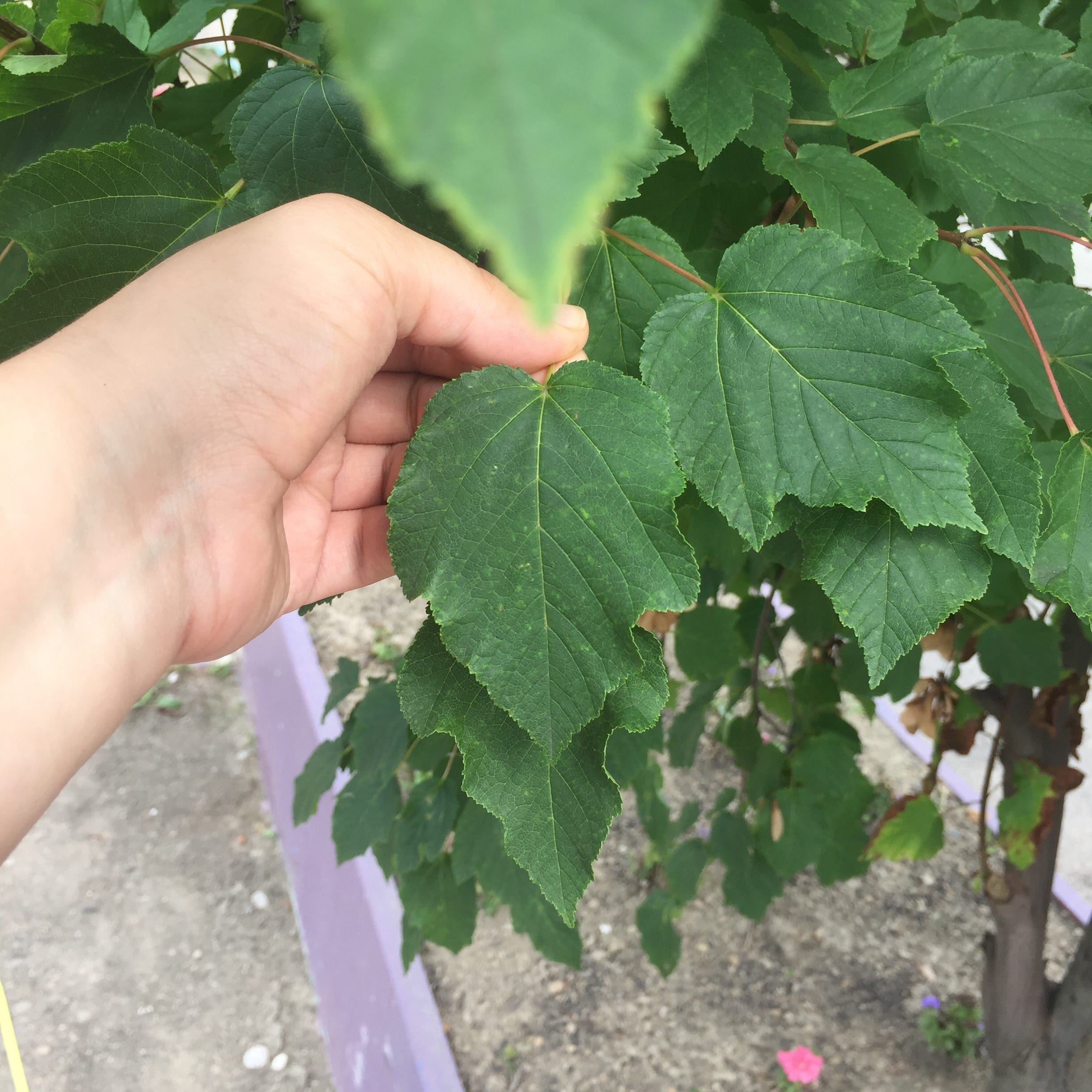
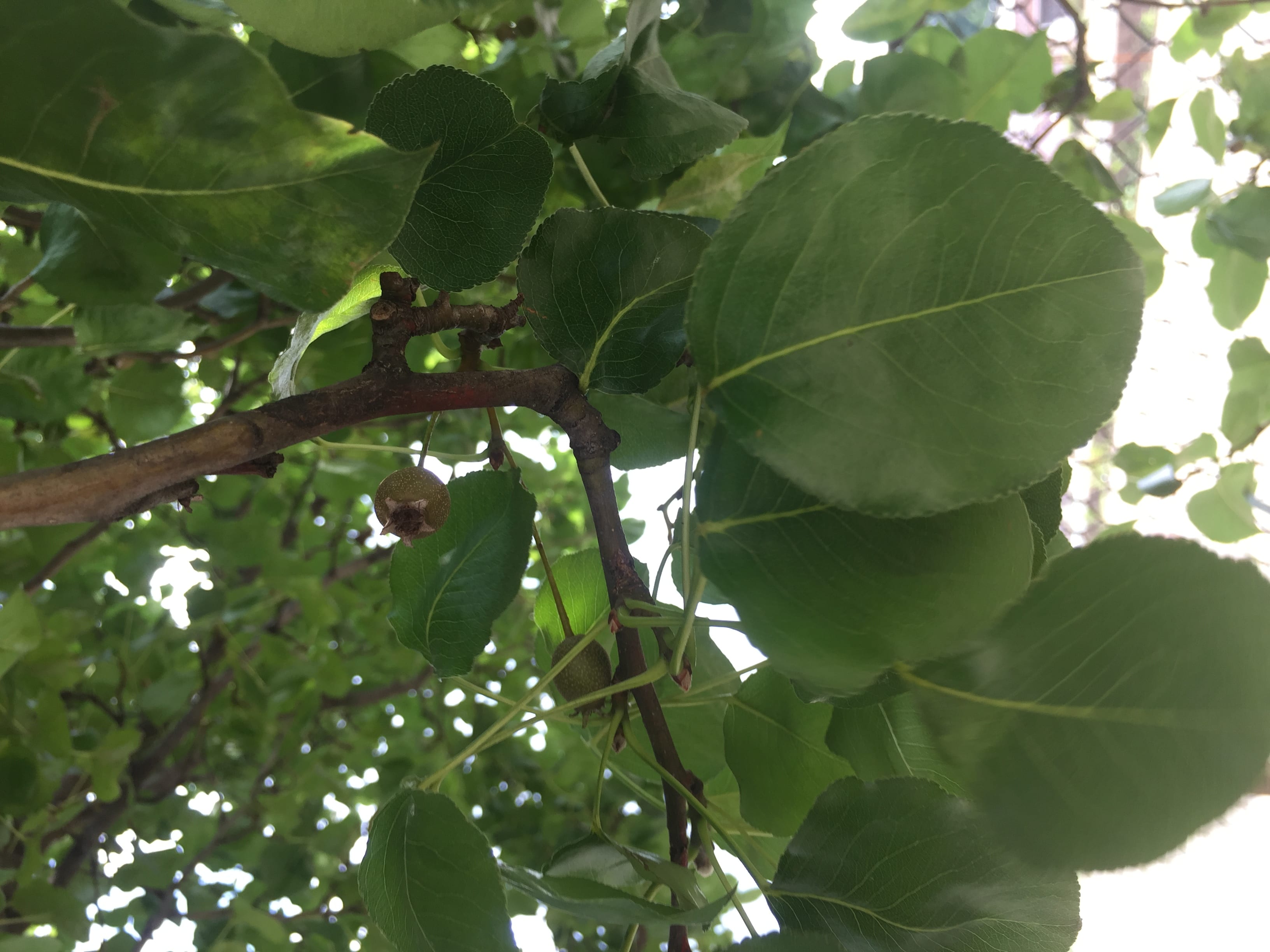
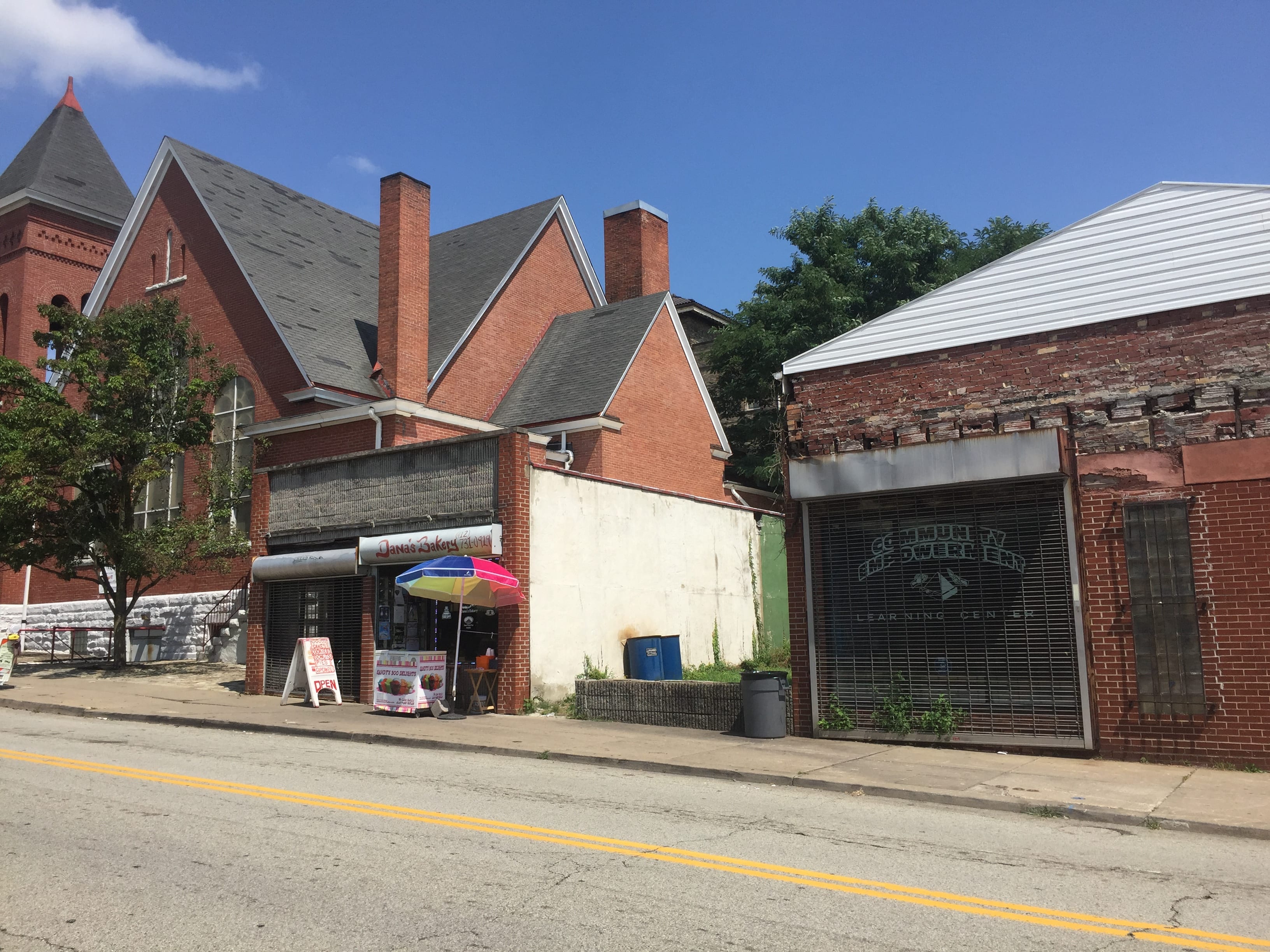
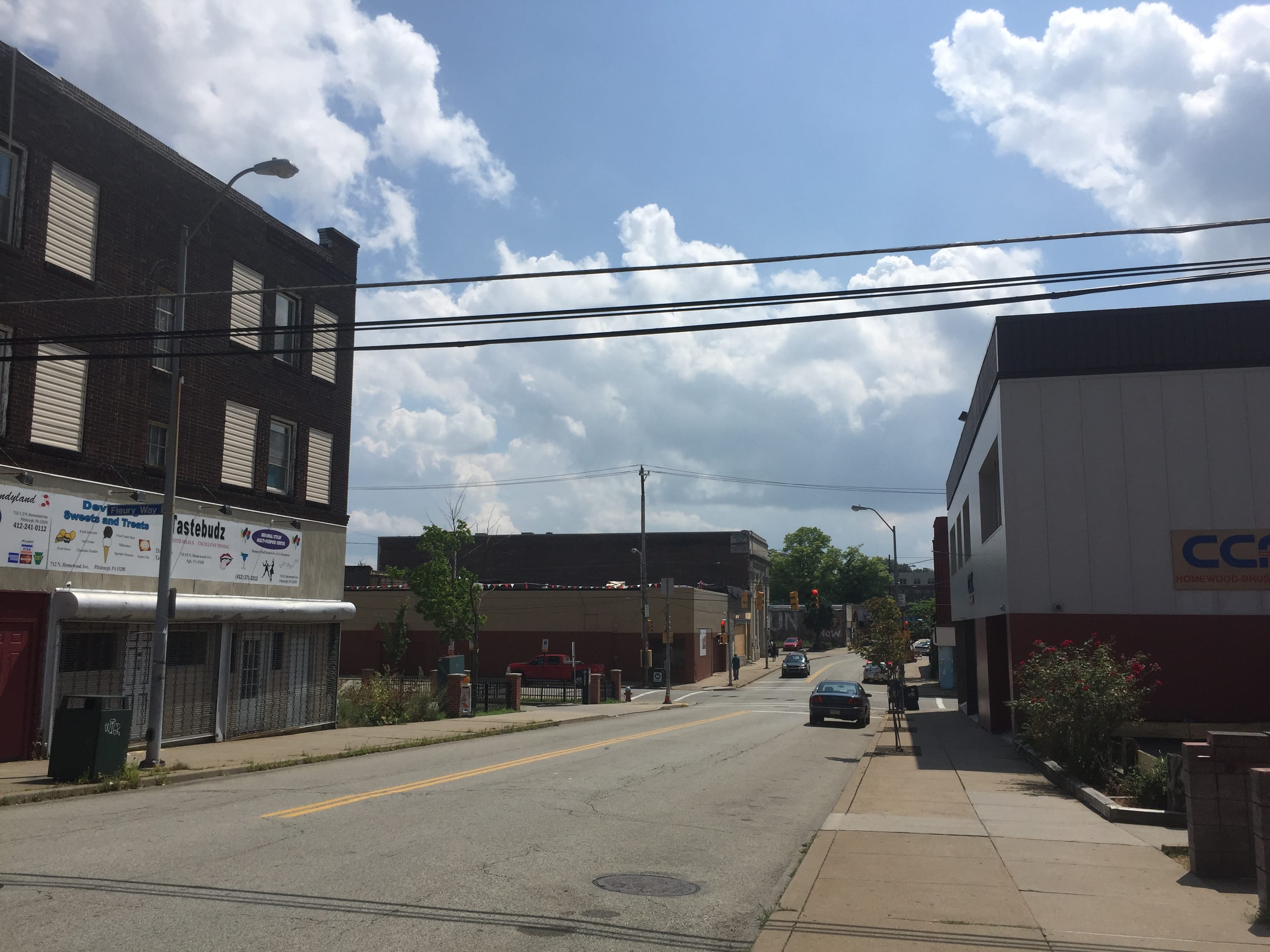
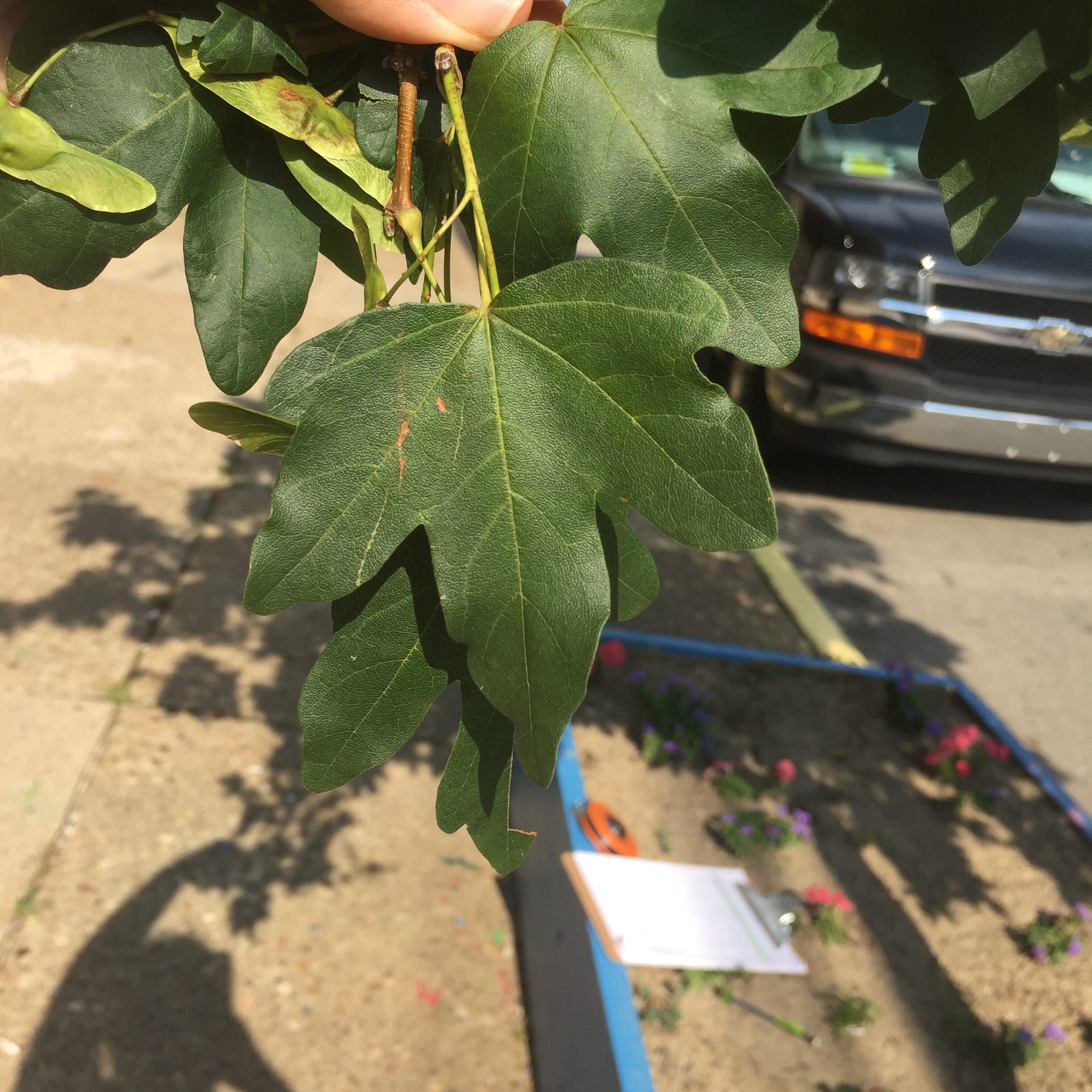



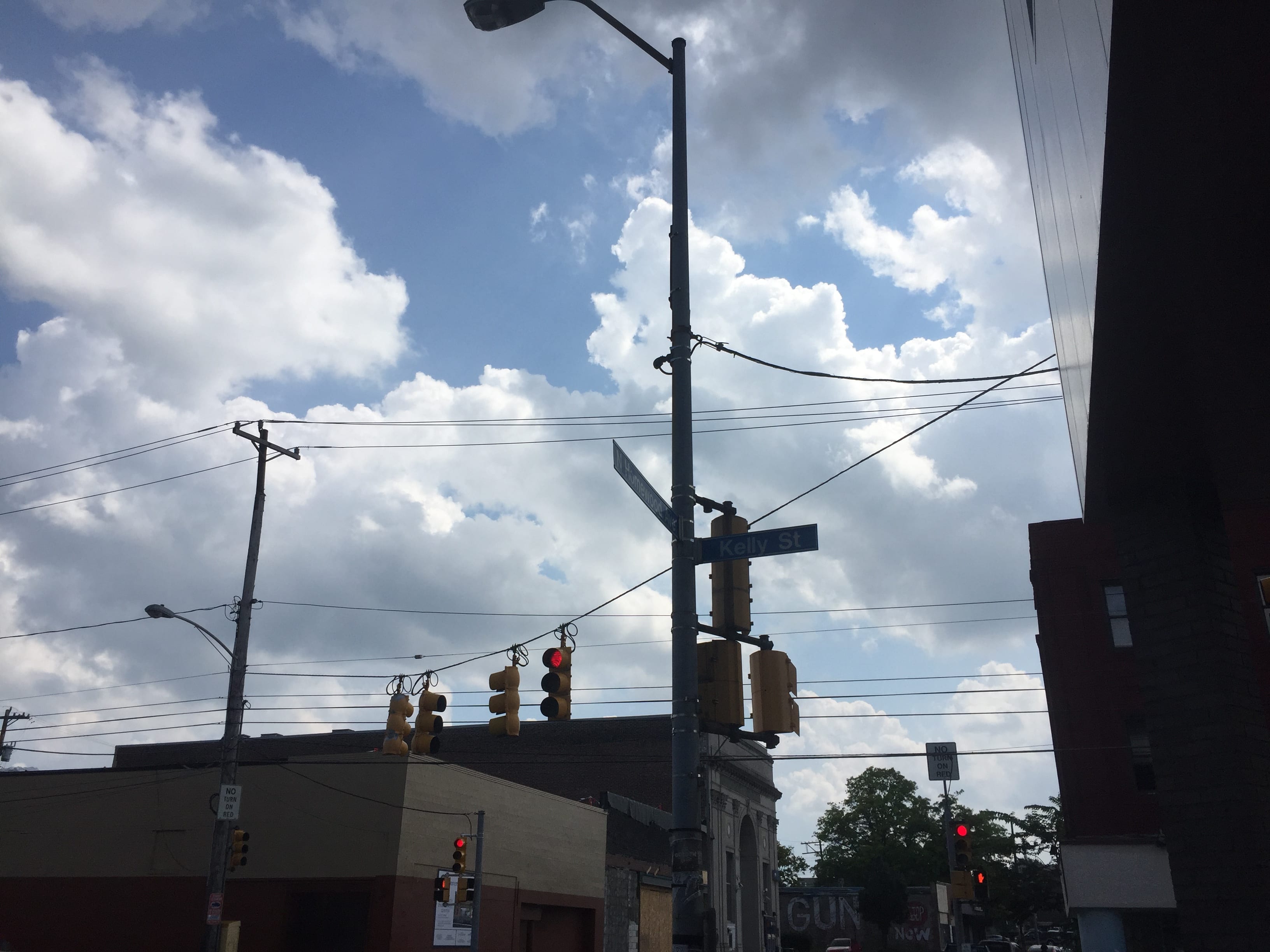
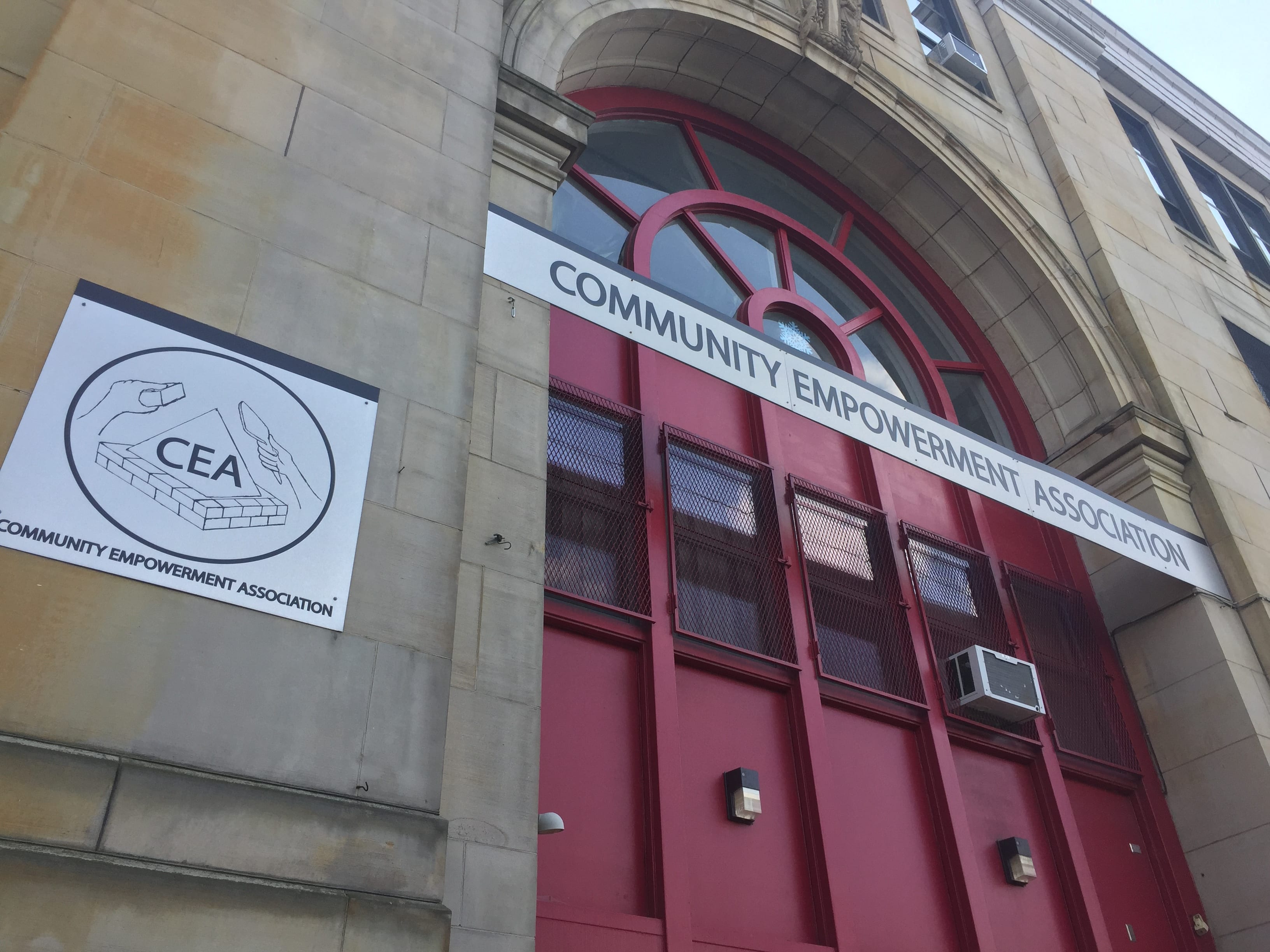


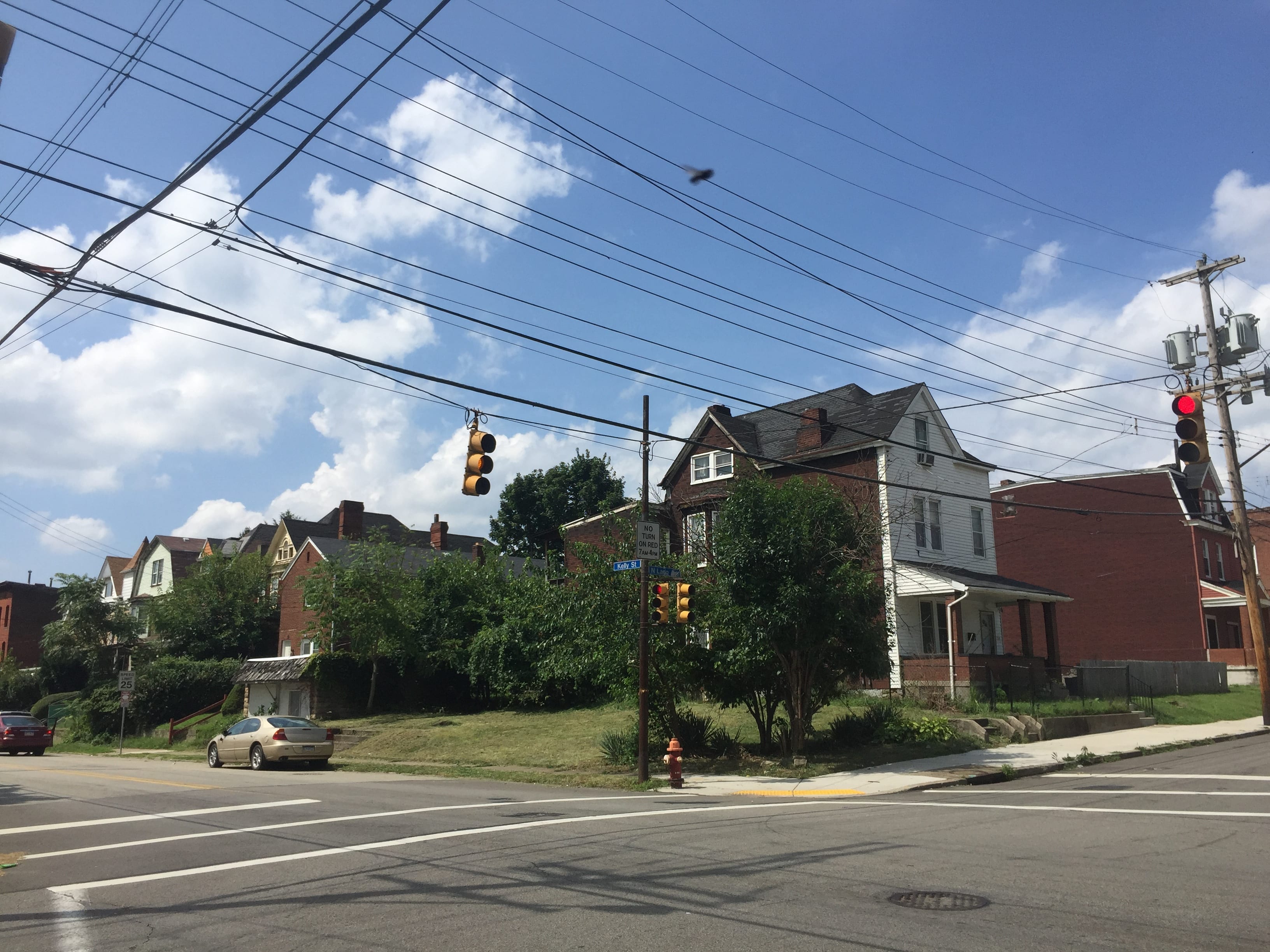


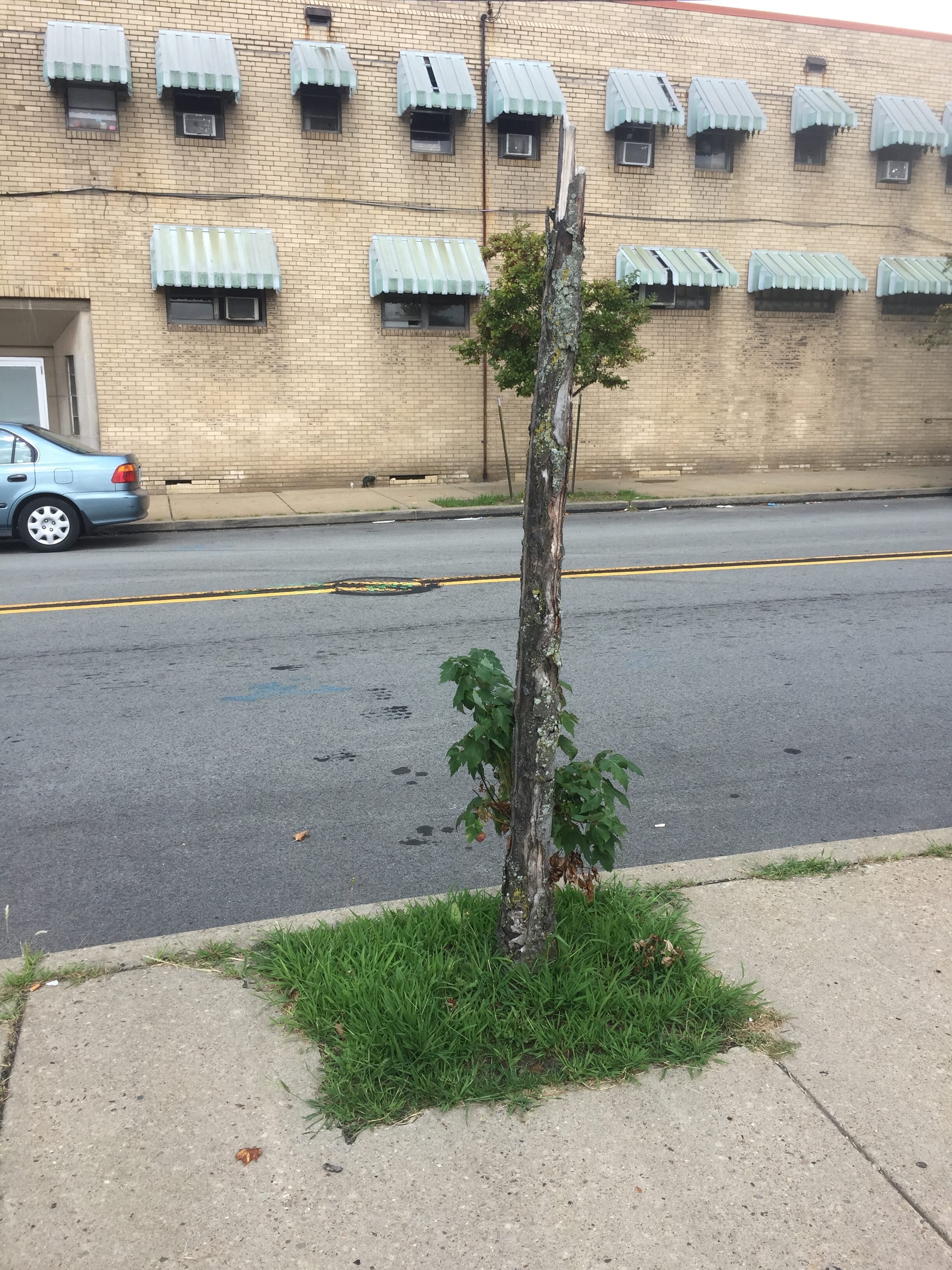



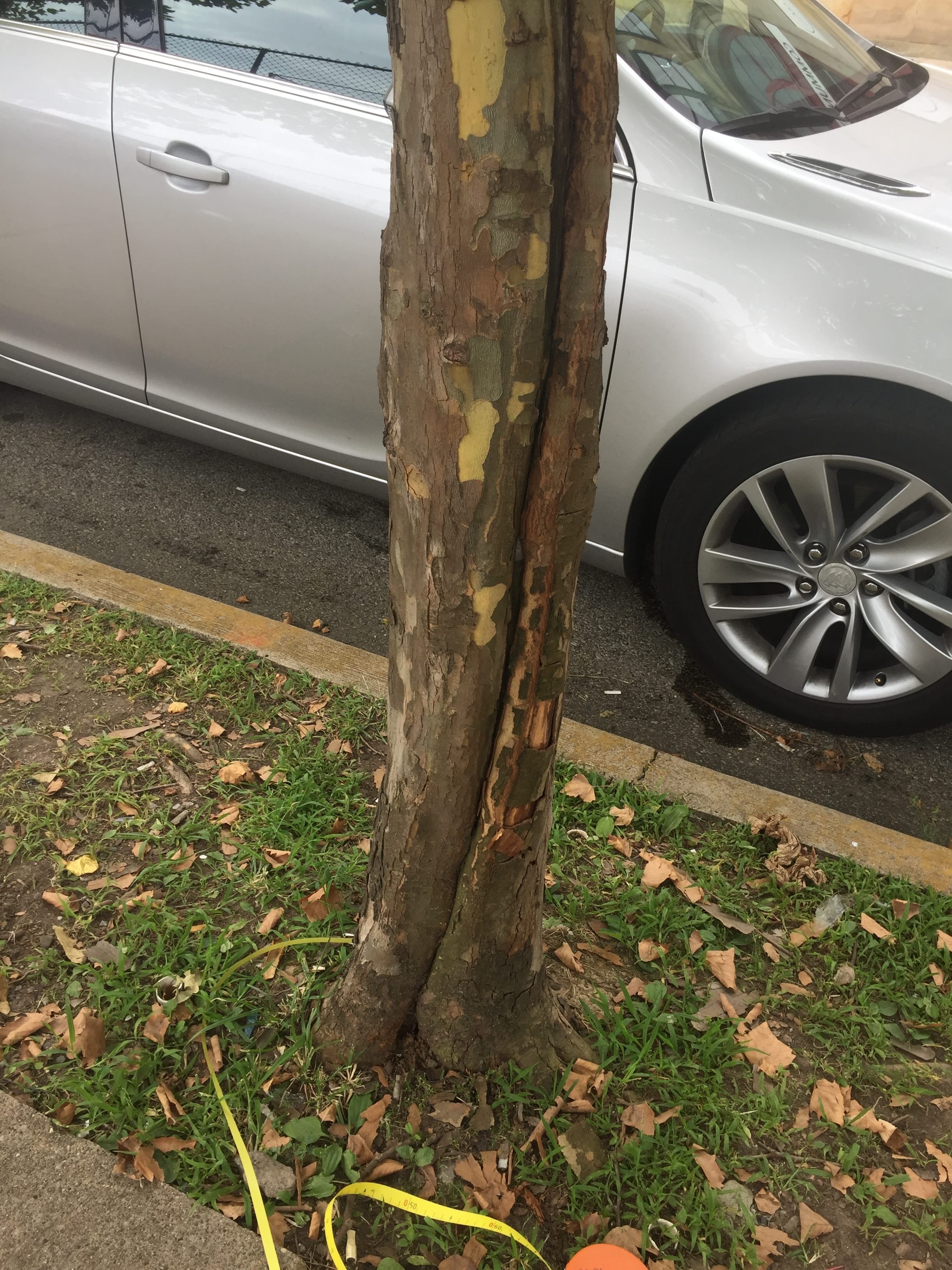
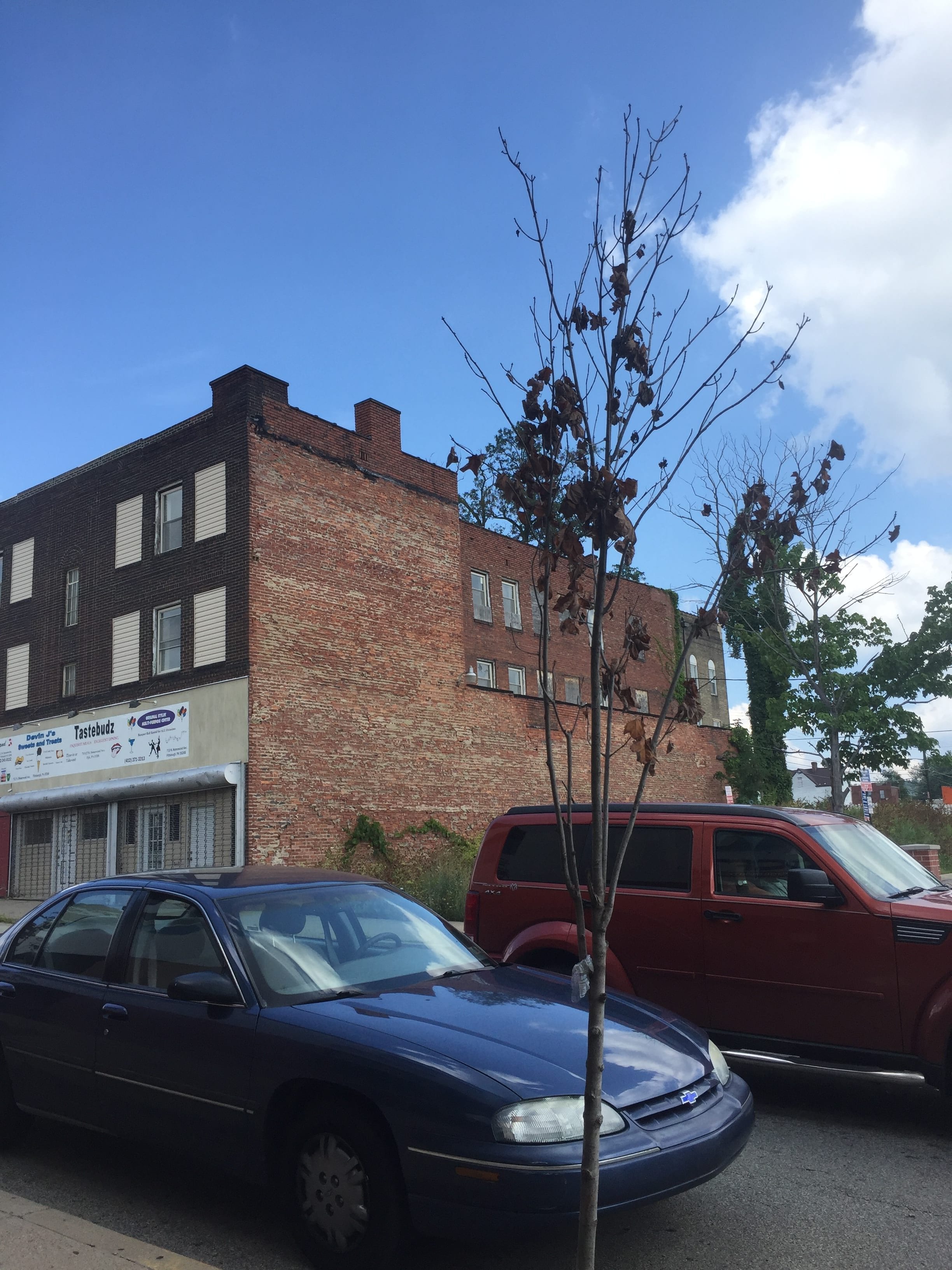
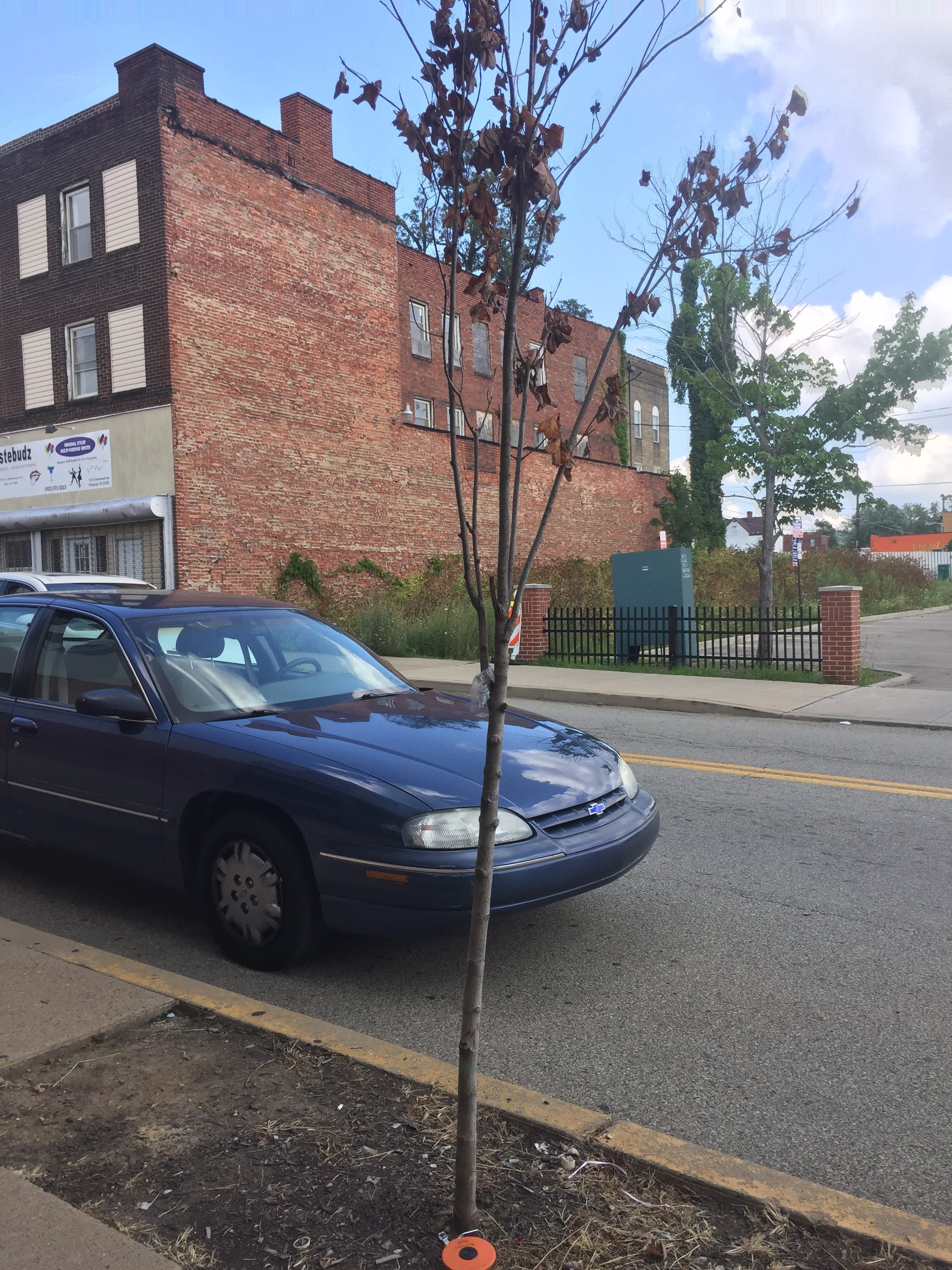
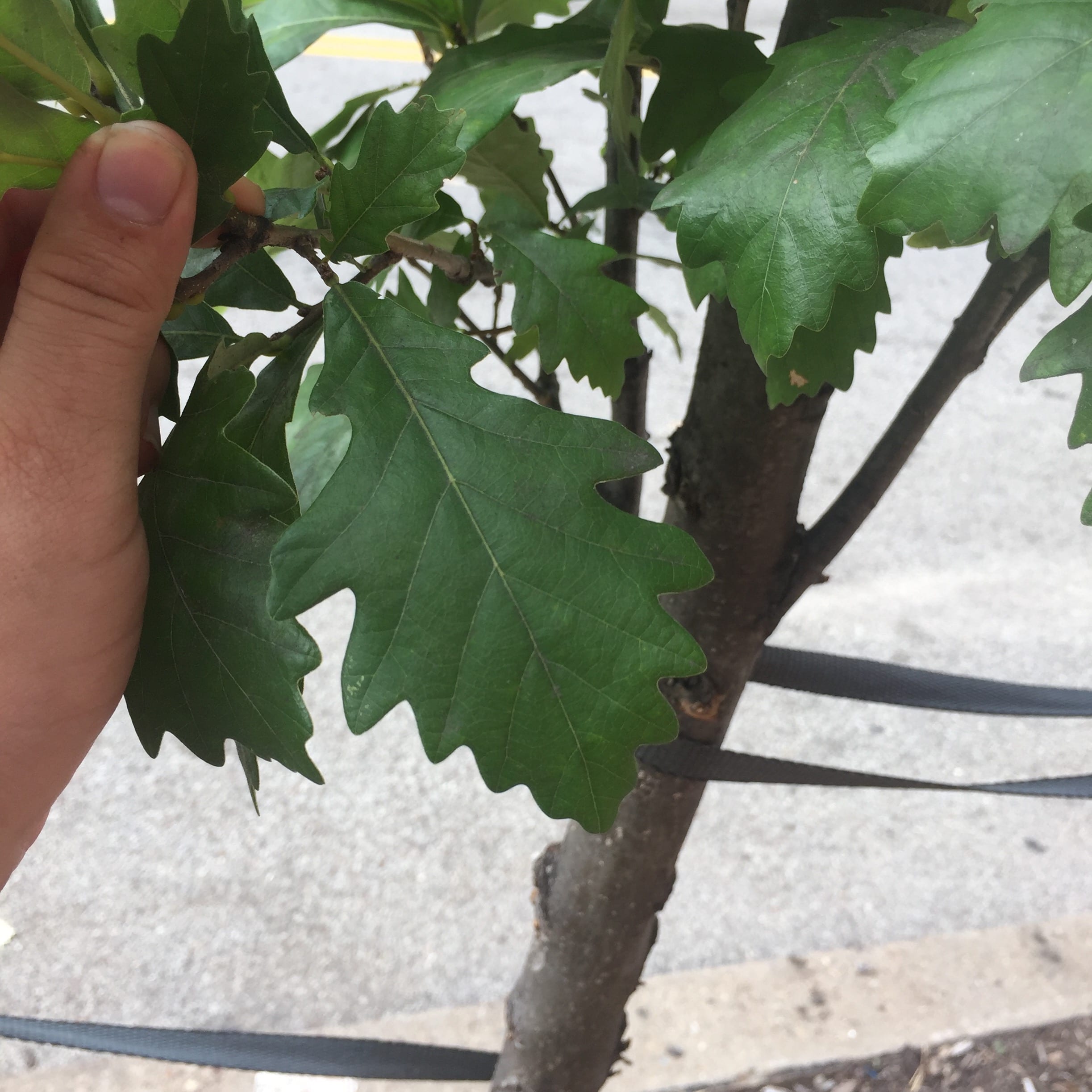

Leave a Reply